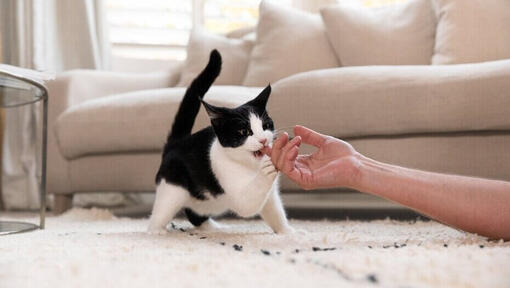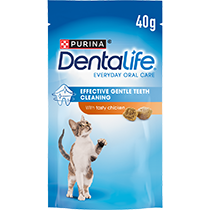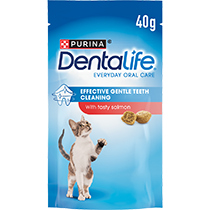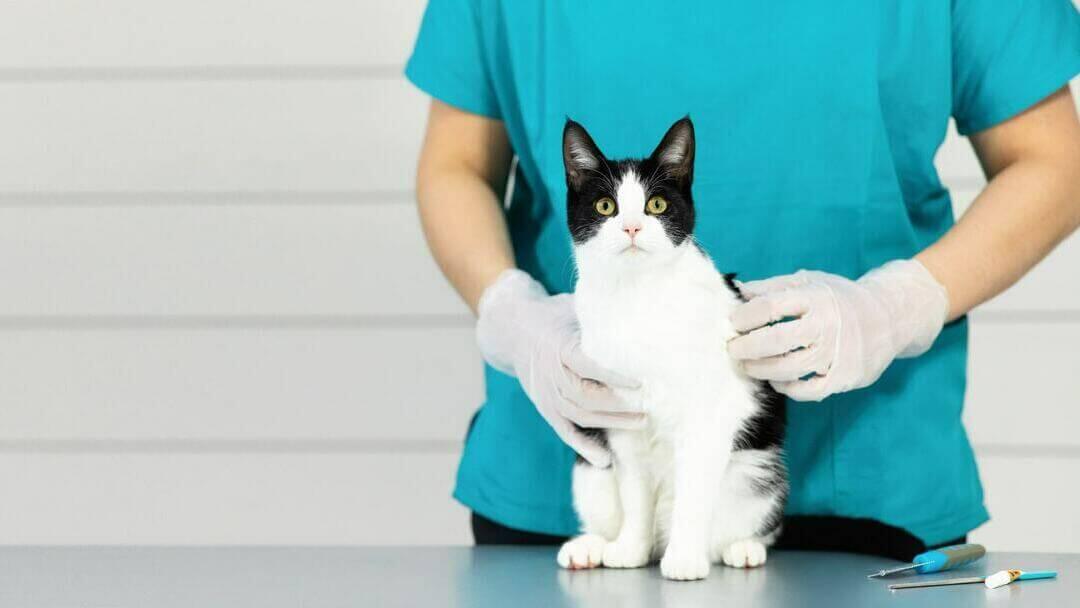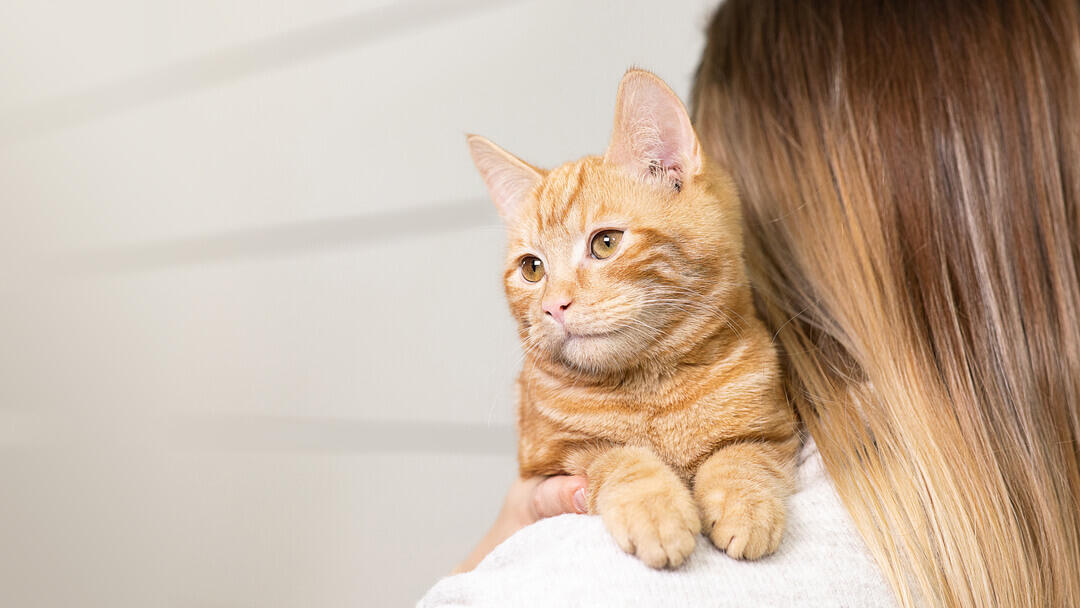
Cat scratch fever is an incredibly rare bacterial infection that can affect humans when a cat's claws or teeth break the skin. Read our guide to discover everything you need to know about the rare disease, including what causes it and who's generally most at risk.
Cat-scratch fever, also known as cat-scratch disease is a bacterial infection that affects humans, and comes from cats infected with Bartonella henselae bacteria. According to the CDC, around 40% of cats will carry the bacteria at some point in their lives – usually when they’re kittens – but it’s very rare that it’s fatal for both humans and cats.
Keep reading to find out about cat-scratch fever symptoms, the possible causes and who’s most at risk for getting the disease.
What causes cat-scratch fever?
Cats get infected with Bartonella henselae when they’re bitten by fleas carrying the bacteria, or if flea droppings get into their wounds.
When they clean themselves, scratch or fight with other cats the infected flea dirt can get trapped beneath their claws or teeth. Then when they scratch or bite a human hard enough to break skin the bacteria can be spread to them.
It can also be spread by cat saliva if it manages to get into an open wound or the whites of your eyes, and in some extremely rare cases, people can acquire it by direct bites from fleas or ticks carrying it. However, cat-scratch disease isn’t contagious between humans as it can’t be passed from person to person.
Cat-scratch fever is most common in kittens and strays, as they are more susceptible to carrying the bacteria due to increased risk of fleas. Additionally, the bacteria tends to be more commonly found in warmer regions as this type of climate is an ideal breeding ground for fleas.
Who’s at risk?
The people most at risk for getting the disease are children up to the age of six and those with a weakened immune system. According to Healthline, the risk of becoming seriously ill from cat-scratch fever is increased if you have cancer, diabetes, HIV, aids or have transplanted organs, the risk is also higher in pregnant women.
Cat-scratch fever symptoms
Generally, cats won’t display any symptoms if they have cat-scratch disease, but the most common symptoms displayed in humans are as follows:
- Bumps or blisters where the scratch/bite happened – these usually appear within three to ten days
- Swollen lymph nodes which will appear one to seven weeks after the scratch or bite
- Lethargy
- Headaches
- Fever
- Aching joints
Possible treatment
The good news is cat-scratch fever is rarely serious, therefore treatment is usually not required. The infection is generally benign and will disappear on its own over several months.
The blisters or bumps will usually be there for between one to three weeks and the swollen lymph nodes will disappear after two to four months. If you experience a lot of pain, an extremely high fever or unusual cat fever symptoms, then it’s recommended that you go to see a doctor as soon as possible.
In some cases, antibiotics may be prescribed to treat those with more serious symptoms, or for those with a weakened immune system. If you have a weakened immune system the infection could be fatal, as it may cause more serious problems that could affect the brain, heart and eyes, as well as other vital internal organs.
It’s highly unlikely that cats will become sick as a result of cat-scratch fever, therefore they will not require any treatment. In very rare cases it can cause inflammation of the heart, which displays as difficulty breathing and sickness. If you suspect that your cat may have heart inflammation take them to the vet and they will recommend the best course of action.
Preventing cat scratch fever
The best way to prevent cat-scratch fever is by washing your hands often, especially after you’ve stroked or played with your cat. Avoiding rough play and not placing your face or any open wounds near your cat is also a good way to reduce your risk of getting the disease. However, if you get scratched or bitten, then you should wash the area thoroughly with antibacterial soap and fresh running water. It’s also recommended that both you and your cat avoid contact with any stray cats, as they tend to be more at risk for carrying the bacteria.
Prevention is the best cure, therefore you should always ensure that you regularly give your cat flea treatment, as this will dramatically reduce the risk for your cat coming into contact with the bacteria. As the bacteria being more common in kittens, it’s a good idea to adopt an older cat if you have a weakened immune system.
Cat-scratch fever is quite rare and it’s incredibly unlikely that the disease will be fatal, and with a regular flea treatment schedule and general good hygiene it can be avoided.




